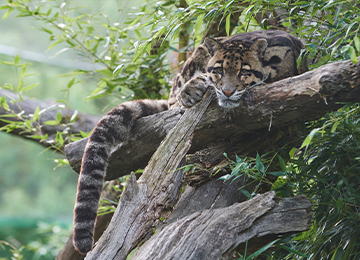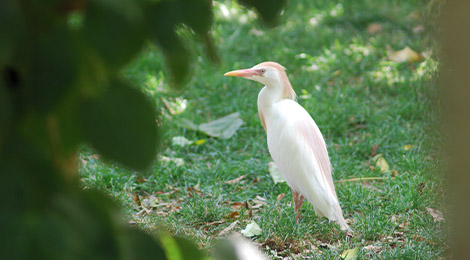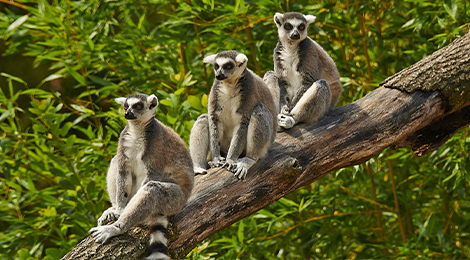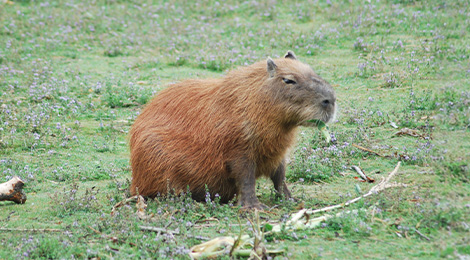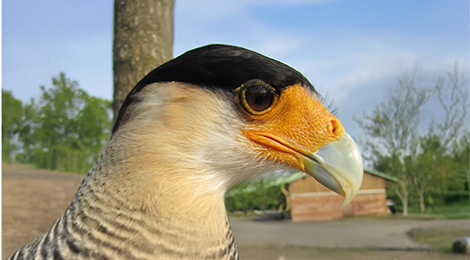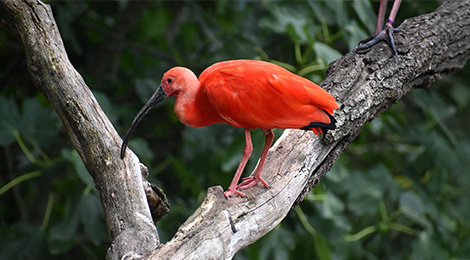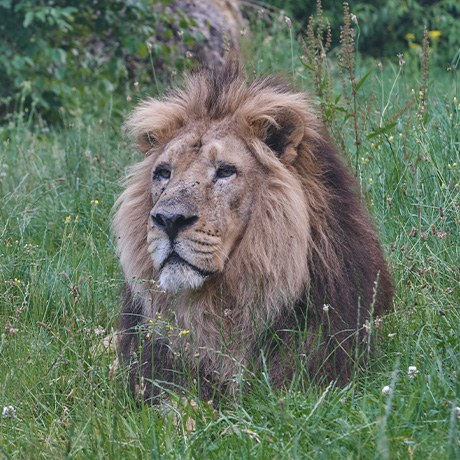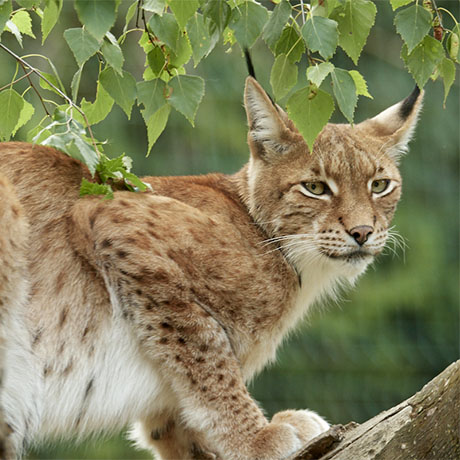Clouds on his coat
The clouded leopard is very recognizable thanks to the distinctive cloud-shaped markings on its coat. There is no real physical difference between the male and the female, although the latter is slightly smaller than the male. The clouded leopard's legs are shorter than those of other felids, and their front legs are relatively shorter than their rear legs.
The mating behavior of clouded leopards in the wild is still very mysterious. In wildlife parks, the mating season generally takes place between December and March, but it can take place all year round in a natural environment. The couple mates several times over several days. After mating, the male does not participate in raising the young. Generally, there are 2 kittens per litter. They are recognizable by their large tasks characteristic of their parents. Clouded leopard kittens will open their eyes between 2 and 11 days after birth, begin walking and climbing trees at 20 days old, and they will stay with their mother for about 10 months.
Like other felines, clouded leopards have keen vision, a good sense of smell and excellent hearing. They mark their territory by scratching trees, spraying urine, scratching and rubbing their heads on trees, this is called scent marking behavior. The vocalizations of clouded leopards are characteristic of felines, they growl, meow, hiss and spit.
-
HabitatIt is found in tropical forests at altitudes of up to 3,000 meters. It can also be found in mountains, savannahs, meadows and mangroves.
-
Food
It feeds mainly on birds, fish and mammals such as monkeys, deer and rodents.

Clouded leopards do not purr but make a low-intensity snorting noise called "prusten" when having friendly interactions with other individuals.
A zoological reserve populated by Asian elephants, giraffes, lions, tigers, hippos, chimpanzees, gibbons, wolves, ostriches ... Animals evolving in their reconstituted natural environment, to discover as a family.
All animals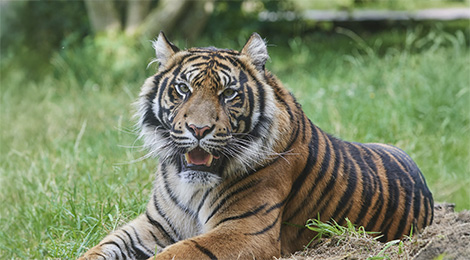
-
![]() Sumatran tiger Discover animal
Sumatran tiger Discover animal -
![]() Cattle egret Discover animal
Cattle egret Discover animal -
![]() Ring-tailed lemur Discover animal
Ring-tailed lemur Discover animal -
![]() Capybara Discover animal
Capybara Discover animal -
![]() Crested caracara Discover animal
Crested caracara Discover animal -
![]() Scarlet ibis Discover animal
Scarlet ibis Discover animal -
![]() Asiatic lion Discover animal
Asiatic lion Discover animal -
![Gros plan sur un Lynx d'Europe au zoo Le PAL]() Eurasian lynx Discover animal
Eurasian lynx Discover animal



